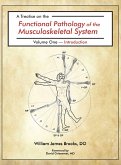
eBook, ePUB
31. Oktober 2022
Gatekeeper Press
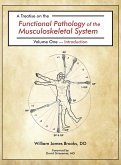
Gebundenes Buch
Volume 1: Introduction
4. März 2022
Gatekeeper Press
Ähnliche Artikel

10,99 €
inkl. MwSt. und vom Verlag festgesetzt.
Sofort per Download lieferbar


1,99 €
Sofort per Download lieferbar
eBook, ePUB
14. Juni 2024
Porirua Publishing
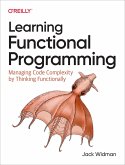

eBook, ePUB
1. Januar 2019
White Press Academics
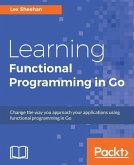

4,99 €
Sofort per Download lieferbar
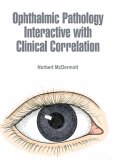
eBook, ePUB
1. Januar 2019
White Press Academics
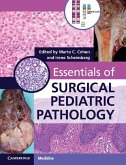
eBook, ePUB
5. Februar 2015
Cambridge University Press
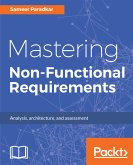
Ähnlichkeitssuche: Fact®Finder von OMIKRON
